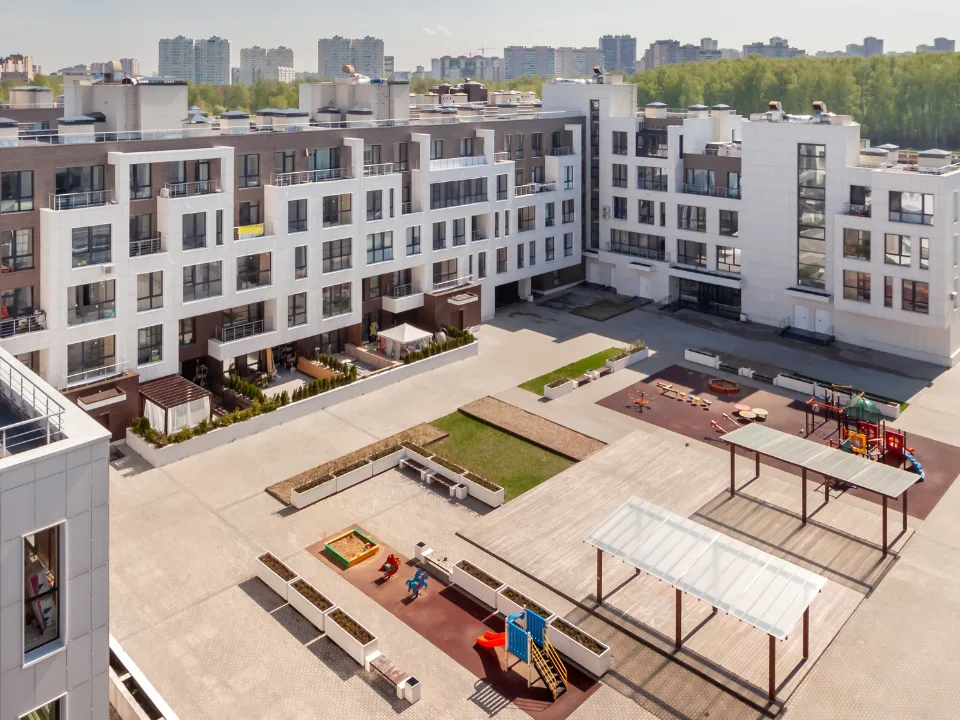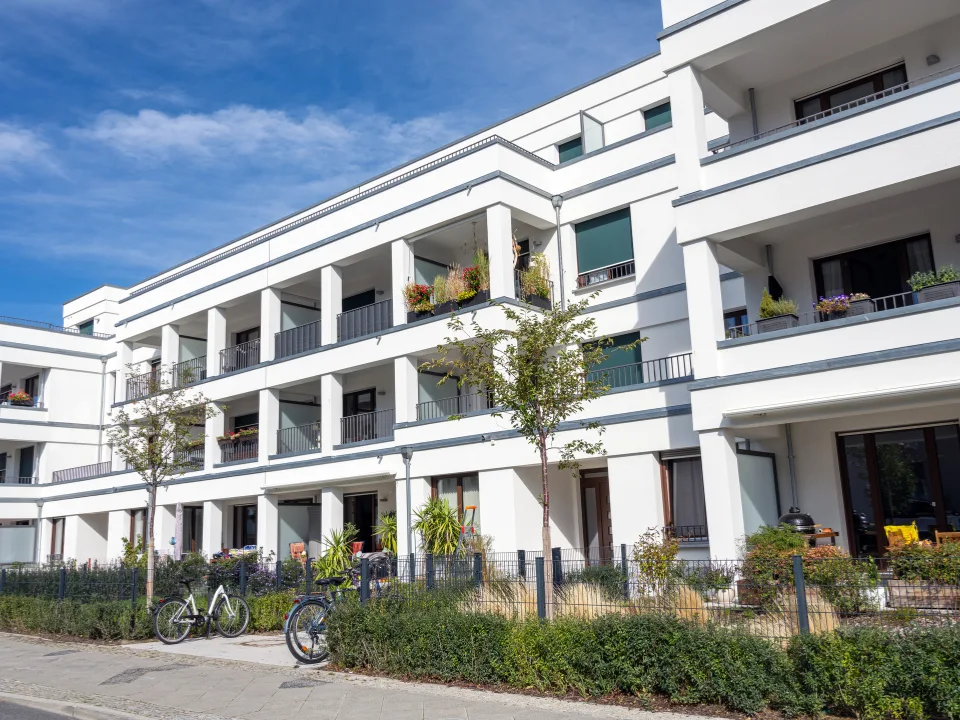- Nashville, Phoenix, and Austin rank as the top multifamily investment markets, driven by tax advantages, economic diversity, and ongoing population growth.
- Midwest markets like Indianapolis, Kansas City, and Columbus also rank highly, offering affordability and lower exposure to climate risks.
- Denver leads in multifamily lending per capita, with Austin and Phoenix close behind, signaling robust investor interest in these markets.
As reported by GlobeSt, multifamily investors are eyeing new opportunities as interest rates start to slip, setting the stage for renewed investment in the sector.
Investment Trends
According to the Arbor-Chandan 2024 Multifamily Opportunity Matrix, markets like Nashville, Phoenix, and Austin are prime for multifamily investment due to high population growth, economic diversity, and relatively affordable living costs.
Arbor’s analysis of multifamily sales and refinancings from July 2023 to June 2024 reveals that Denver led with the highest multifamily lending volume per capita at $136.85.
Other cities with significant lending activity included Columbus, Phoenix, Austin, and Dallas, highlighting these metros as active investment hubs.
Top-Performing Markets
- Nashville’s multifamily appeal comes from a competitive tax climate and strong population growth, especially from relocating renters. A growing economy driven by healthcare, tech, and tourism helped the city earn the nation’s lowest unemployment rate at 2.5% in 2023. Nashville’s population grew 1.5% last year, triple the national average, earning it the top spot in Arbor’s rankings.
- Phoenix’s labor market strength and emergence as a semiconductor manufacturing hub make it highly attractive for multifamily investment. Unemployment dropped to 3.1% in July, while housing demand remains steady due to population growth and job opportunities in skilled sectors. Although new supply has limited rent growth, vacancy rates have fallen by 3.4% over the past year, signaling steady rental demand.
- Austin has remarkably sustained over 2% population growth annually for the past 13 years, the highest among U.S. metros since 1960—matching a 64-year-old record. Texas’s absence of state-level income tax draws corporations and talented young professionals alike, with the city maintaining a high proportion of renters under 35.
Get Smarter about what matters in CRE
Stay ahead of trends in commercial real estate with CRE Daily – the free newsletter delivering everything you need to start your day in just 5-minutes
Down The List
Other high-ranking markets include Jacksonville, Dallas, Raleigh, Indianapolis, Kansas City, Columbus, and San Antonio, all of which benefit from strong population growth and moderate living costs.
Oklahoma City ranks as the most affordable major market with an average monthly rent of $1.37K. Here, households earning $54.6K or more are considered financially stable without rent burdens.
Buffalo, Milwaukee, Louisville, and Birmingham followed closely behind, offering competitive living costs that make them attractive to both renters and multifamily investors.
On the high end, markets like New York, San Jose, and San Francisco require significantly higher incomes to avoid rent burdens, at $139.7K, $139K, and $125.3K, respectively.
Considering The Climate
Among the top 50 U.S. metros, Los Angeles is the most climate-hazard-prone, followed by Riverside and Miami, due to risks like wildfires and extreme heat.
In contrast, Midwest cities such as Pittsburgh and Buffalo were found to be among the least exposed to these hazards, enhancing their appeal to climate-conscious investors.further growth. However, addressing infrastructure challenges and zoning issues will be key to sustaining this momentum.
















